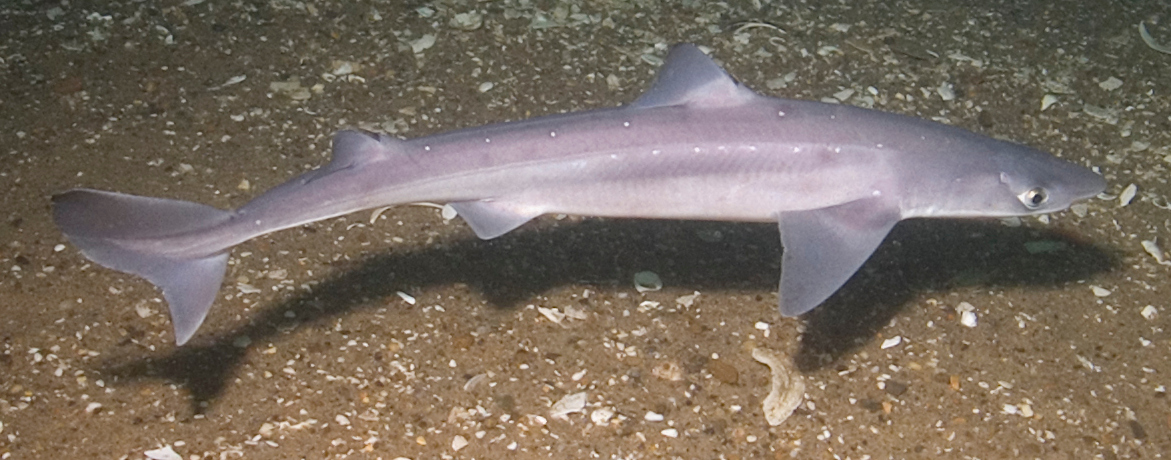How sharks recycle toxic ammonia to keep their skin moist
October 27, 2016

October 27, 2016

The Pacific spiny dogfish shark is a master at recycling the ocean’s toxic ammonia and converting it into useful urea, according to new research from University of British Columbia (UBC) zoologists.
Animals typically eat protein in order to grow, but sharks also require protein to continually replenish urea in their tissues. The urea—the non-toxic nitrogen-containing substance which humans excrete in their urine—keeps the fish from drying out in salty seawater.
“It turns out dogfish can absorb ammonia at high rates through their gills,” says UBC zoologist Chris Wood, who led the study published in the Journal of Experimental Biology. “The amount the shark is able to take in through their gills and convert could amount to almost a third of the nitrogen they need from their diet.”
Wood and UBC PhD student Marina Giacomin also discovered that the ammonia isn’t absorbed into the shark’s body through simple diffusion, but by a biological process. The gas is likely carried into tissues by Rhesus proteins – channels already known to carry ammonia gas molecules across cell membranes.
The sharks may use their uncanny ability to take in ammonia to build up urea stores. As scavengers the fish often go for long periods without food—the raw protein supply required to maintain adequate urea levels in their tissues.
The Pacific spiny dogfish shark is one of the most common species of sharks in the northern Pacific Ocean. They can grow to be as large as 150 cm long and are grey in color.
We honour xwməθkwəy̓ əm (Musqueam) on whose ancestral, unceded territory UBC Vancouver is situated. UBC Science is committed to building meaningful relationships with Indigenous peoples so we can advance Reconciliation and ensure traditional ways of knowing enrich our teaching and research.
Learn more: Musqueam First Nation